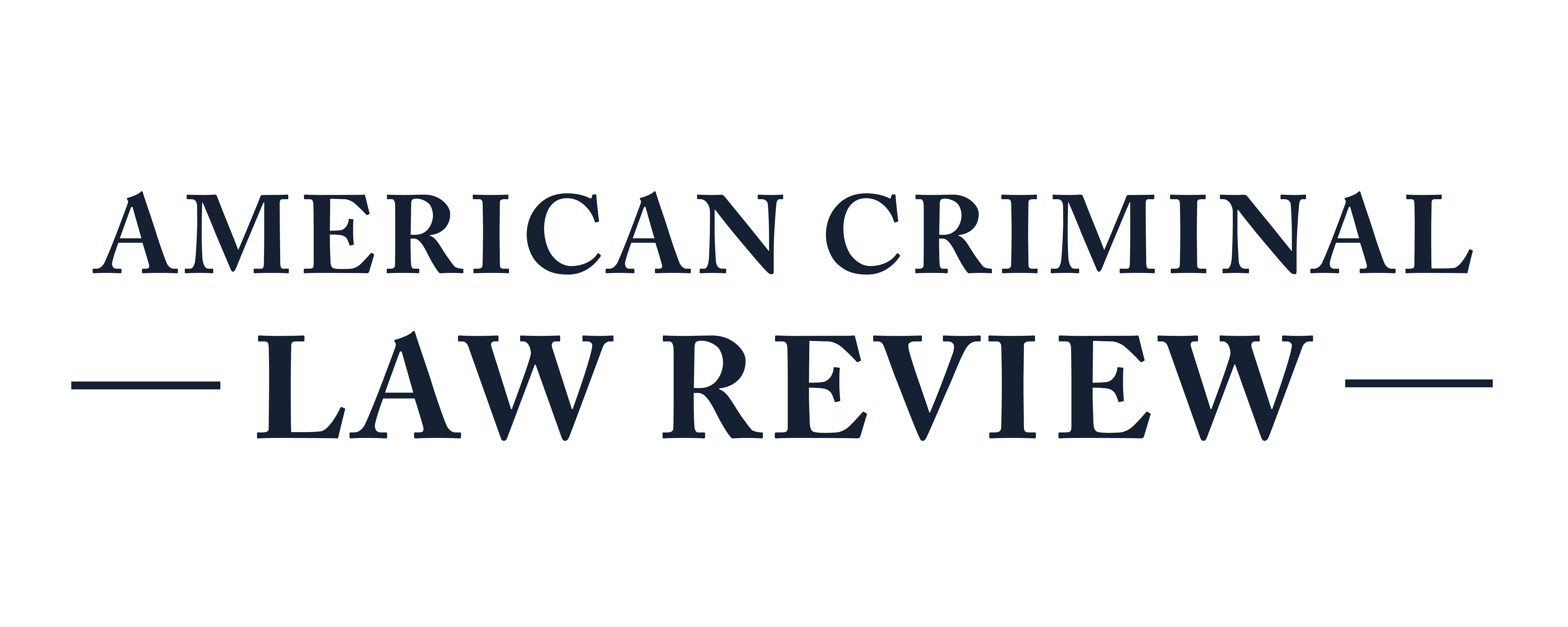The Exclusion of Evidence in Conflicts of Criminal Procedure
Imagine that a criminal suspect, indicted by the state of New York on a murder charge, flees to Houston, Texas. The suspect’s freedom is short-lived; he is quickly recognized and arrested by Texas State Police for the out-of-state warrant. A New York State Police investigator then travels to Texas to take the defendant’s statement—not an unusual occurrence. Texas criminal procedure requires investigators to inform criminal defendants of their right to end the interview at any time before the investigator begins the interview. Texas law also requires such interviews to be electronically recorded. However, this investigator is from New York, and New York Criminal procedure does not require either of these acts; predictably, the investigator fails to do either of them. The defendant is later tried in New York and convicted of murder. However, he appeals, arguing that the statement he made in Texas was inadmissible because the investigator failed to follow the procedures that Texas requires. How should the court rule? Should New York law or Texas law apply? The aforementioned situation is the exact fact pattern of People v. Benson, a seminal New York state case that exemplifies a conflict of criminal laws. Though the legal fields of Conflict of Laws and Criminal Law generally do not intersect, when they do, the question frequently at issue is whether evidence that is gathered properly under the rules of one state but not of the other should be barred by the exclusionary rule. This Essay argues that New York courts have resolved this issue inconsistently: cases involving the same issues have resulted in opposite outcomes. Moreover, the courts’ opinions are often underexplained, with over-reliance on precedent and general principles rather than comprehensively analyzing the issues. Identifying and understanding this defect can inform future decision-makers on how to improve the clarity, consistency, and fairness of the criminal justice system going forward. The paper concludes by proposing an alternative rule—applying the law of the state whose law enforcement acted against the defendant.
Subscribe to ACLR
